
The candle industry encompasses the production and sale of candles, catering to diverse markets with varying preferences for materials, scents, and designs. It ranges from traditional paraffin wax candles to eco-friendly alternatives like soy or coconut wax, serving decorative, aromatic, and functional purposes.
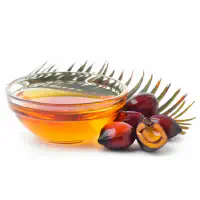
Palm kernel oil is derived from the kernel of the oil palm fruit and has distinct physical properties: Characteristics Appearance: Palm kernel oil is typically a light yellow to white solid at room temperature. However, when heated, it melts into a clear, yellowish liquid. Melting point: The melting point of palm kernel oil is higher than that of palm oil. It typically ranges from 23 to 28 degrees Celsius (73 to 82 degrees Fahrenheit).
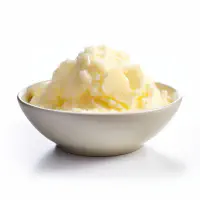
Palm stearin is a solid fraction of palm oil obtained through the fractionation process, known for its high saturated fatty acid content. It is commonly used in the food industry for stabilizing fats, producing margarine, and in the production of candles and soap. Characteristics Appearance: Palm stearin is a solid fat at room temperature. It has a creamy white to pale yellow color and a smooth, waxy texture. Melting point: Palm stearin has a higher melting point compared to palm oil.
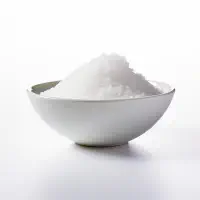
Palm stearic acid is a type of fatty acid derived from palm oil. It is obtained through the process of separating and crystallizing the fatty acids from palm oil. Stearic acid is a saturated fatty acid known for its stability and solid form at room temperature. Palm stearic acid has a waxy appearance and can range in color from white to slightly yellow. It has a low melting point, typically between 55-70 degrees Celsius (131-158 degrees Fahrenheit), which allows it to be easily incorporated into various formulations.
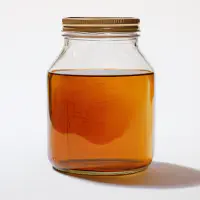
Palm Fatty Acid Distillate (PFAD) is a byproduct of the palm oil refining process. It is obtained through the distillation of crude palm oil to remove impurities and achieve a higher level of purity in the final product. PFAD is composed primarily of free fatty acids and other minor components. PFAD is a brownish-yellow liquid with a characteristic odor. It contains a mixture of saturated and unsaturated fatty acids, with the predominant fatty acids being lauric acid, myristic acid, and palmitic acid.
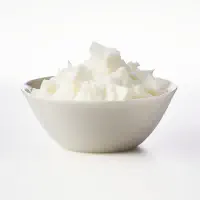
Coconut wax is a natural wax derived from the oil of coconuts, known for its clean and slow burn in candle making, often considered a sustainable alternative to other waxes. It is prized for its eco-friendly characteristics and ability to hold fragrance well. Characteristics Natural Origin: Coconut wax is derived from the oil of coconuts, making it a natural and renewable resource. Clean and Slow Burn: Known for providing a clean and slow burn in candles, contributing to a longer-lasting and more efficient performance.
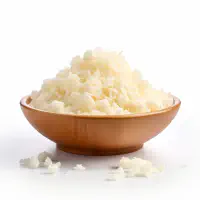
Soy wax is a type of vegetable wax derived from soybean oil. It is a popular alternative to traditional paraffin wax, which is derived from petroleum. Soy wax is considered a renewable, biodegradable, and eco-friendly option for candle making. Soy wax is created by hydrogenating soybean oil, a process that transforms the oil into a solid form suitable for candles. It typically comes in the form of flakes, which are easy to measure and melt.
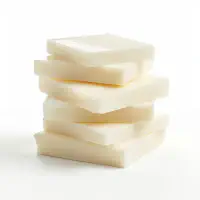
Paraffin wax is a widely used type of wax that is derived from petroleum, a non-renewable resource. It is a popular choice for candle making and is also utilized in various other applications, such as in cosmetics, food packaging, and industrial uses. Paraffin wax is created through the refining process of crude oil. It is a white, translucent solid that can be easily melted into a liquid form for use.
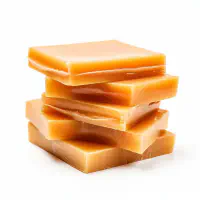
Slack wax is a petroleum-derived wax that is semi-solid at room temperature. It is produced as a byproduct during the process of producing lubricating oils. Here are some of the key physical properties of slack wax: Characteristics Appearance: Slack wax typically has a semi-solid consistency. It can range in color from light yellow to brown or black, depending on the source and level of refinement. The texture can be smooth or granular, depending on the grade of slack wax.
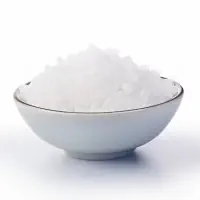
Microcrystalline wax is a type of wax that has a unique crystalline structure, different from other waxes such as paraffin wax or beeswax. Here are some key physical properties of microcrystalline wax: Characteristics Appearance: Microcrystalline wax is typically available in solid form, ranging from off-white to yellow in color. It has a smooth and greasy texture. Melting Point: The melting point of microcrystalline wax can vary depending on its specific grade and formulation.
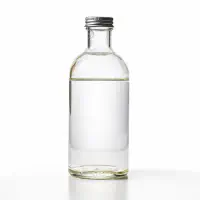
Mineral oil, also known as liquid paraffin or white oil, is a transparent, colorless, odorless, and tasteless liquid derived from petroleum. Here are some physical features and properties of mineral oil: Characteristics Appearance: Mineral oil is a clear, viscous liquid that can range in thickness from light and low viscosity to more heavy and viscous forms. Density: The density of mineral oil typically ranges from 0.8 to 0.9 grams per cubic centimeter (g/cm³).
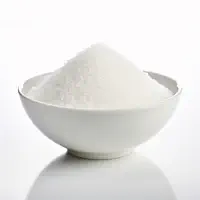
Fischer-Tropsch wax, also known as FT wax, is a petroleum-derived wax produced through the Fischer-Tropsch process. It exhibits the following physical features: Characteristics Appearance: Fischer-Tropsch wax is a hard, solid substance at room temperature. It is typically found as white or off-white flakes, pellets, or powders. Melting Point: The melting point of FT wax can vary depending on the specific composition, but it generally ranges between 45°C (113°F) and 100°C (212°F).
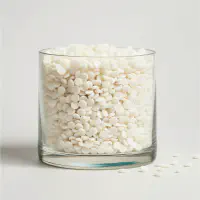
The POLYBOOST™ line of wax modifying polymers is based on the polymerization of Normal Alpha Olefin (NAO’s). These unique, highly branched materials are effective crystal modifiers for most hydrocarbon waxes and non-polar resins. POLYBOOST™ can be used as an alternate additive to Stearic Acid or Microcrystalline Wax. In fact, POLYBOOST™ has been described as a “hyper-micro wax” due to its extremely branched molecular structure. POLYBOOST™ is an n-Alpha Olefin derived waxy polymer.
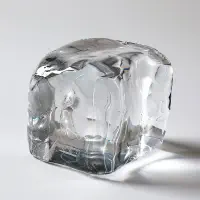
Jelly wax, also known as gel wax, is a unique type of wax made primarily from mineral oil and a polymer resin. It is transparent, rubbery, and has a jelly-like consistency, making it distinct from traditional waxes such as paraffin or soy wax. Its clarity and texture allow for creative and decorative applications, especially in the realm of candle making. Characteristics Transparency: Jelly wax is renowned for its crystal-clear transparency.
For a consultation call us today at
+44 20 7101 3847
Bio Greenware Ltd ®